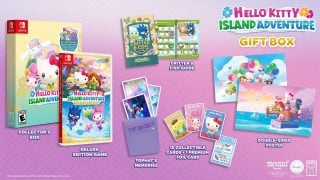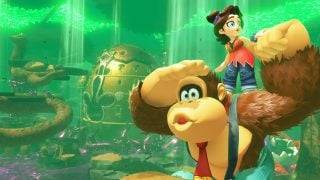We’re almost there: Only six days remain until the release of Pokémon Sword and Shield for Nintendo Switch, the first true, HD, mainline Pokémon games. A whole new region, set of Pokémon, and adventures await! The games have proven contentious among the fanbase, but while tickets to the far-off land of Galar are still in the mail, I (and the rest of the Nintendo Wire team) wanted to lead up to the games’ launches by looking back at each generation of Pokémon games: their strengths, their weaknesses, what they brought to the series, and even what they took away.
Yesterday, we looked back at Pokémon Generation I. Today, we’re continuing on Day Two of our countdown with a look back at Generation II: Pokémon Gold, Silver, and Crystal Versions.
My name’s ???. I’m going to be the world’s greatest Pokémon trainer.
I still remember the day I received Pokémon Gold Version for Christmas 2000. My little, eight-year-old brain was dazzled by the box’s shiny surface and the majestic-looking bird on the cover. I tore that baby open (well, not tore. More like carefully opened. I’m not a monster) and shoved it in my Game Boy Color as fast as I could.
The second generation of Pokémon games was the first one I actively anticipated; the first Pokémon game I owned was Yellow, and I got it well after Gen I was already making waves. I had The Official Pokémon Handbook by Maria S. Barbo, published in 1999, that had a page for each of the first 151 Pokémon — plus Togepi! Yes, thanks to an elementary school book fair, I had my hands on a book featuring a real, true-blue new Pokémon. I thought I was so cool.
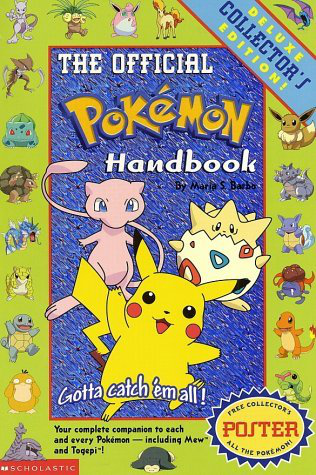
I also remember having some sort of magazine with Marill and maybe Azumarill on the cover, and then an image of a humongous Lugia facing off against a puny Patamon. Or maybe Marill and Azumarill were just in the magazine, not the cover. I dunno. I was eight. A lot’s happened since then.
Anyway, the point is: I was really excited for this game, and the fact that it was finally in full color alone was enough to floor me. Everything about Pokémon Gold impressed me, from the Pokémon sprites not looking like straight trash to the music to the new Pokémon themselves to all the diverse locations and new characters. Especially Silver, the rival. Otherwise known as “???,” which my dumb ass actually named him when the game prompted me to. That’s what he said his name was after he battled me with his Chikorita!
I restarted the game after realizing my mistake.
Gen II consists of three games: Pokémon Gold Version (featuring the Legendary Ho-Oh), Pokémon Silver Version (featuring the Legendary Lugia), and the oddly-named Pokémon Crystal Version (featuring the Legendary Suicune). It’d make for sense for Crystal to’ve been named “Platinum,” but whatever. That’s just me. All three games came out longer in the West than in Japan: 2000 for Gold and Silver versus 1999 for Japan and 2001 for Crystal versus 2000 for Japan.
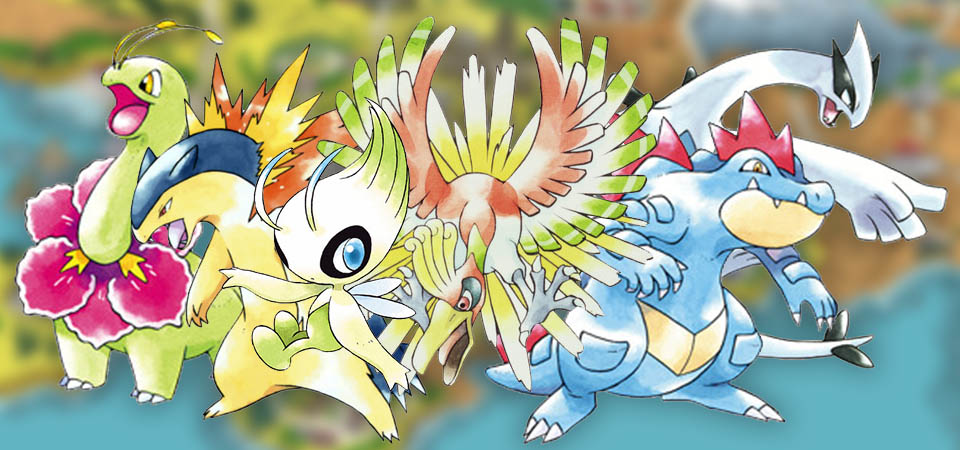
I owned two of them: Gold and Crystal. And my teams were the exact same on both because I was a stupid kid and a cheater and used a Monster Brain to cheat my way into having a Feraligatr, Meganium, Typhlosion, Celebi, Ho-Oh, and Lugia. Yeah, my team was a little crazy.
I have two younger cousins (twin sisters) that’d play Pokémon with me when they’d visit. I think one had Gold and the other Silver. We’d trade and battle, play Pokémon Stadium 1 and 2 together, the works. They were always kind of ahead of the curve as far as Pokémon went up until I got Crystal Version before either of them. They were so impressed, watching over my shoulder as we awed at the new title screen featuring that really cool dog Pokémon Suicune. I even had a Pokémon Pikachu 2 little Tamagotchi device I received as a gift, which, y’know, proved my status as a true Pokémon fan. That is, until my older cousin stole and hid it from me one night over winter break because Pikachu kept chirping. I never found it again. And I’ll never forgive her.
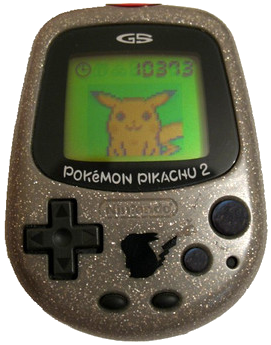
The time it took for me to beat both Gold and Crystal was virtually nonexistent. I sped through those games, conquering every Johto Gym Leader and the Elite Four before a surprise trip to Kanto. I’d no idea we could head over to Gen I’s region after beating the Elite Four, so when I crossed that water to the east of New Bark Town and made it to Tohjo Falls, I was floored. Eight more Gym Leaders? An entire other region to explore? Gen II’s post-game was something that future Pokémon games never even got close to. Sure, Pokémon Emerald and Platinum’s Battle Frontiers and Pokémon Black 2 and White 2’s Pokémon World Tournament were awesome additions, but nothing compares to a trip down memory lane journeying across a whole ‘nother region.
I’ll admit, I was a little sad to see that Kanto was a bit… abridged (something that was fixed in remakes Pokémon HeartGold and SoulSilver). Viridian Forest was practically gone, routes were massively shortened, and some music tracks were outright missing. Still, it was a very cool thing to experience for the first time, and capping the games off with a trek up Mt. Silver to fight the greatest Pokémon Trainer of all time, Red, was the cherry on top of an incredibly delicious sundae.
I, uh… kinda sucked at Pokémon as a kid, though, and had to have my friend (who had Silver Version) beat Red for me — at least in Gold. In Crystal, I was able to do it all by myself, but… yeah. Not my proudest moment.
Are you a boy? Or are you a girl?
Unlike Generation I, returning to Gen II’s games is much easier due to the many quality of life adjustments Pokémon Gold, Silver, and Crystal Versions introduced to the series. I recently downloaded Crystal on the Nintendo 3DS Virtual Console (with the goal of playing the game without cheating my entire team) and found it was surprisingly enjoyable despite being almost 20 years old!
Gen II brought a ton to the Pokémon franchise, with many features remaining staples of the games to this day. Apart from the games starting the trend of featuring Legendary Pokémon on their box art, 100 new Pokémon were introduced, bringing the total to 251, with several of them being either evolved forms of Gen I Pokémon or pre-evolutions of Gen I Pokémon (like Smoochum, Elekid, and Magby). Pokémon Gold and Silver also introduced the Dark and Steel Types, the former to give the overpowered Psychic Type a weakness and the latter to give the underpowered Fighting Type a strength. Genders were introduced to Pokémon along with the concept of breeding and Pokémon Eggs, which would produce another new concept: Baby Pokémon like Togepi and the aforementioned Gen I pre-evos.
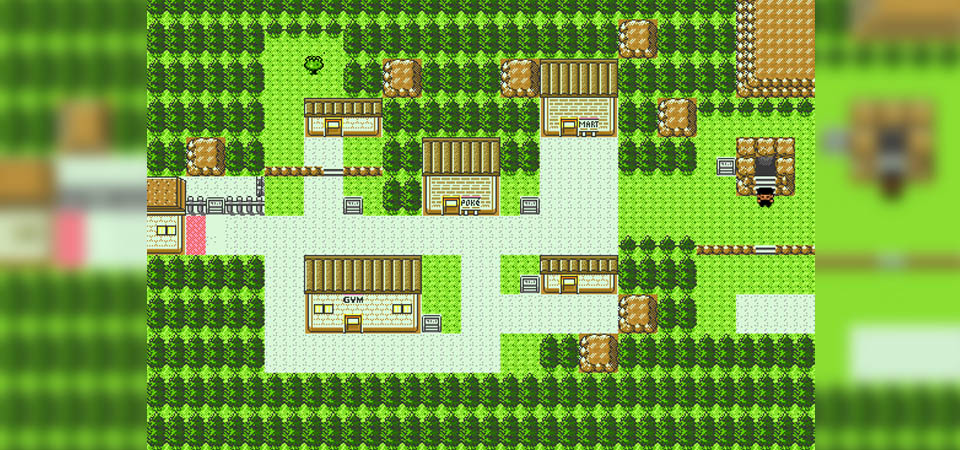
The games also brought about the ability to craft new types of Poké Balls from “Apricorns,” which grew on trees found throughout the Johto region. The day-and-night cycle debuted in these games, as well, alongside in-game events tied to the game cartridges’ built-in clock. Shiny Pokémon were introduced here, too, plus Friendship, Move Tutors, the ability for Pokémon to hold items, and Pokérus — the Pokémon “disease” that helps boost stats. Additionally, opposing trainers were given Power Points like players, the Special stat was split into both Special Attack and Special Defense, the Bag was split into different sections (and could therefore carry more items), the lotto and Pokégear were introduced (as well as Trainer rematches, phone calls, and radio stations), and Pokémon Trainers were at last given individual names. Maybe most importantly of all, Pokémon Crystal Version introduced the ability to play as a female character — Kris.
Type effectiveness was also tweaked: Bug Type moves used to be super effective against Poison, but this was changed to be “not very effective.” Poison moves used to be super effective against Bug Types, but this was changed to normal effectiveness. Ghost-Type moves used to be not effective against Psychic Types at all, but in Gen II, this was changed to be super effective. Finally, Ice-Type moves previously had normal effectiveness against Fire Types (for whatever reason), but this was changed to be not very effective.
Generation II also had a few qualities that separated it from other gens: It was the only generation in which the Starter Pokémon retain their single-Typing throughout their evolutions, the only gen in which most Pokémon have different sprites between the paired versions, and the only generation that can directly trade with a previous generation. It was also the only gen to not introduce a pseudo-Legendary Dragon-Type Pokémon (like Dragonite or Salamence), a new villainous team (as Gen I’s Team Rocket made its return), a or a cat-like evolutionary line (like Meowth’s, Glameow’s, and Espurr’s).
Like Generation I before it, Generation II also had a third “enchanced” version made: Pokémon Crystal Version. Unlike Yellow Version, Crystal wasn’t made as a tie-in to the anime series, and the changes made to the paired versions were much more significant. Crystal introduced a female playable character, Kris, plus animated sprites for Pokémon whenever they entered battle. Pokémon’s sprites in general were carried over from either Gold or Silver, with some outright new ones being introduced, as well. Dialogue, locations, and graphics were tweaked a bit, Pokémon that were previously exclusive to only Gold or Silver can be found in Crystal (while some that were available in both paired versions cannot be found in Crystal), new Trainers were added, and Raikou, Entei, and Suicune were given a unique battle theme (making Crystal the first game to feature special music for Legendary Pokémon). The Battle Tower was also introduced for the first time in Crystal Version, which would eventually reappear in future games — and evolve into the Battle Frontier and beyond.
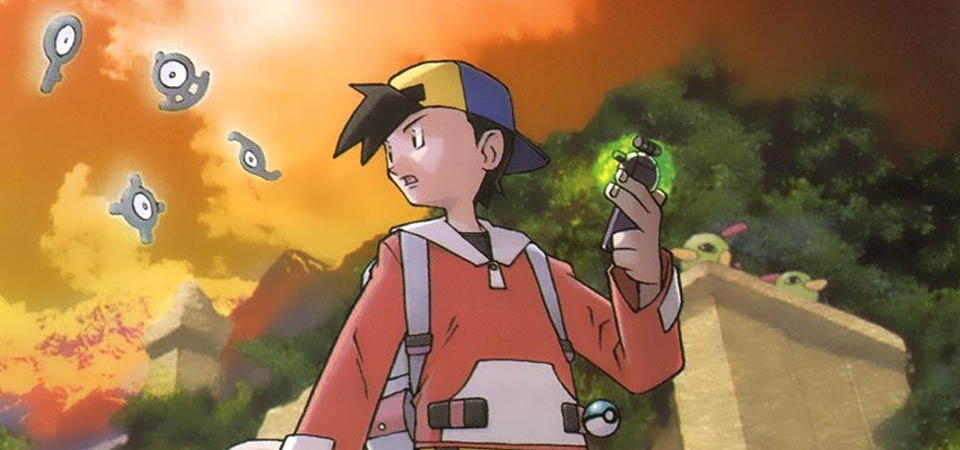
Most significant of all, though, were the massive story changes in Crystal. Suicune was given a huge role in the game alongside a new character, Eusine, whom is searching for it. A new subplot was added to the Ruins of Alph, in which players can complete puzzles to solve the mystery of the Unown. Ho-Oh and Lugia were also finally incorporated into the plot of the game, marking the series’ turn into largely focusing on each game’s Legendaries. In the Japanese version, Celebi could also be caught in Ilex Forest after completing a short side-mission. Because this required the use of a real-life cell phone, this was never localized. However, a similar event was added to remakes Pokémon HeartGold and SoulSilver, and the entire original event was tweaked and made accessible to worldwide players in the Nintendo 3DS Virtual Console re-release of Crystal.
Tell me something. Is it true that Team Rocket has returned?
Pokémon Gold, Silver, and Crystal acted as direct sequels to Pokémon Red, Blue, and Yellow — a plot mechanic that didn’t make a return until Pokémon Black 2 and White 2 over a decade later. This allowed for some really interesting story elements, like the return of Team Rocket and the exploration of Kanto three years after the events of Generation I. The game follows a pretty familiar formula: The player, default name “Gold”/”Silver” or “Kris” (if the female trainer is selected in Crystal Version) begins their journey in Johto’s New Bark Town. Neighboring professor Professor Elm asks them to run to his friend Mr. Pokémon’s house, gifting the player one of three Pokémon: Chikorita, Cyndaquil, or Totodile. After the player returns to New Bark Town, they discover a red-haired boy (default name “Silver” in Gold and “Gold” in Silver) has stolen one of Professor Elm’s Pokémon. Elm encourages the player to travel across Johto and challenge the Pokémon League.
During the journey to defeat Johto’s eight Gym Leaders, the player runs into Silver multiple times and discovers the reemergence of Team Rocket, led by a group of administrators awaiting leader Giovanni’s return. Team Rocket is involved in some dastardly schemes, like chopping off the tails of Slowpokes for profit, taking over the Goldenrod City Radio Tower, and forcing Pokémon in the Lake of Rage to undergo evolution. After defeating Team Rocket once and for all and crushing the Elite Four and Champion, the player heads to Kanto to challenge its own eight Gym Leaders before finally heading to the peak of Mt. Silver to battle Red, the player character from Pokémon Red, Blue, and Yellow.

Gen II’s story was interesting in that it introduced some truly memorable characters, especially Silver, your rival. Silver starts off as a little punk — and literal thief — who claims he hates weak people and Pokémon and desires to become the strongest Trainer ever. Over the course of the game, Silver’s character development is laid bare and he slowly learns to love and trust his Pokémon instead of abusing them. His growth is solidified during his battle with the player at Indigo Plateau, where you discover the Golbat he’s carried for so long has at last evolved into a Crobat: a Pokémon that can only evolve once its Friendship with its trainer is high enough.
Johto as a setting is also far more interesting than Kanto ever was, although Kanto is still as meh as ever. Johto’s backstory is filled with brushstrokes of tradition and mythology, from the legend of the Burned Tower to the Ilex Forest’s protector Celebi and the Ruins of Alph. The region as a whole seems deeply ingrained in historical Japanese culture and architecture, with locations and landmarks taking cues from Japanese temples, shrines, gardens, and more.
As far as new Pokémon go, Gen II introduced a greater number of interesting designs (at least, in my opinion) than Gen I. Some of my favorites come from this generation, like Umbreon, Ampharos, Gligar, Skarmory, Houndoom, Sneasel, Tyranitar, and, of course, the cutest Starter of all: Totodile.
Strong Pokémon. Weak Pokémon. That is only the selfish perception of people. Truly skilled Trainers should try to win with the Pokémon they love best.
There’s no doubt about it: Generation II’s games remain some of the most popular among the Pokémon fanbase — and for good reason. The new Pokémon designs were fantastic, the games’ story was engaging (especially with Gym Leaders and the Pokémon League Champion for the first time being heavily involved), and much-needed gameplay changes were made across the board. I’ve yet to finish my replay of Pokémon Crystal Version on the Nintendo 3DS, but I’m seriously thinking of jumping back in after writing this whole retrospective. I can only hope I’ve inspired that same urge in you!
What’re your thoughts on Pokémon Generation II? Let us know in the comments and be sure to catch us tomorrow for our retrospective on Generation III!
Leave a Comment